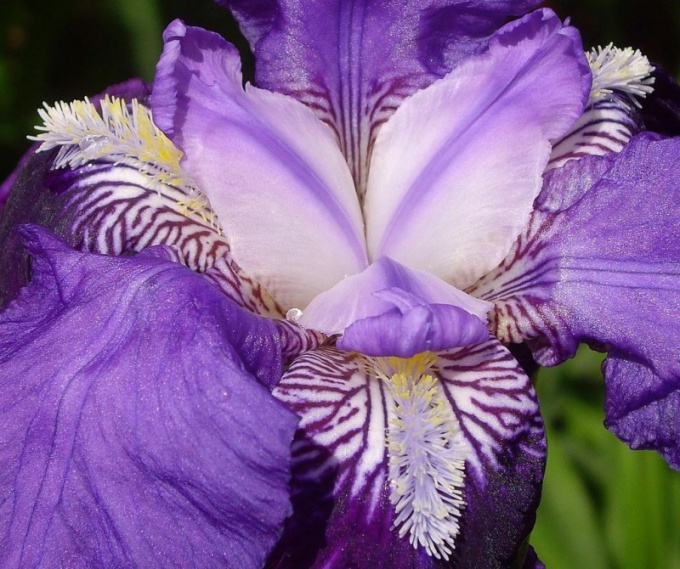When breeding irises the old plant should be dug and divided into planting units, that is, delenki one-year increments at the root, each of which is formed his root and leaf system. Telenok have shortened roots, cutting them to a length of 15-20 centimeters. In dry clear weather, it is recommended to dry them in the sun for greater resistance to diseases. Then delenki should be put on a pre-selected location.
When planting don't forget that irises are very poorly tolerate the penetration of the upper part of the rhizome, so or quite a bit (literally 1-2 cm) sprinkle the top of the ground, or better yet, leave it on the surface. Position the planting unit in the hole so that its leaf part was on the North side, and the root part with the South. With this planting the upper part of the rhizome, where it is formed flowering shoots, is well lit. Avoid too close planting, place between delincee a distance of about 50-60 centimeters, since these flowers grow rapidly. Irises are propagated throughout the growing season, but most gardeners prefer to do it in 2-3 weeks after flowering.
Immediately after planting, liberally pour irises, and then water only when they form buds during flowering, especially in dry hot weather) and about a month after flowering. Favorably irises respond to feeding. It is best to apply fertilizers (rotted manure, ash) in the planting hole when Seating and mix thoroughly with earth and humus. You can also 2-3 times during the growing season to feed the flowers complex fertilizers, which must contain nitrogen, phosphorus and potassium. It is also recommended to pour on a flower bed with irises ash. It not only serves as a source of nutrients, but also protects plants from rotting.
